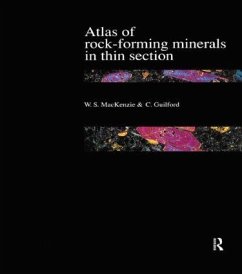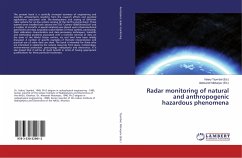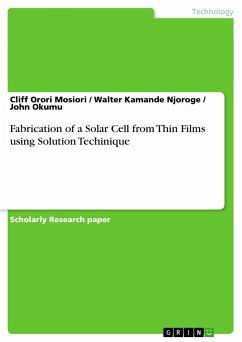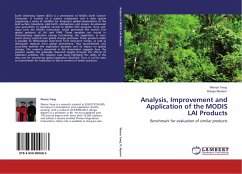
Monitoring of thin sea ice within polynyas using MODIS data
Versandkostenfrei!
Versandfertig in 6-10 Tagen
45,99 €
inkl. MwSt.

PAYBACK Punkte
23 °P sammeln!
Arctic and Antarctic polynya systems are of high research interest since extensive new ice formation takes place in these regions. The monitoring of polynyas and the ice production is crucial with respect to the changing sea-ice regime. The thin-ice thickness distribution within polynyas controls the amount of heat that is released to the atmosphere and has therefore an impact on the ice-production rates. This thesis presents an improved method to retrieve thermal-infrared thin-ice thickness distributions within polynyas. Thin ice thickness with a spatial resolution of 1 km × 1 km is calculat...
Arctic and Antarctic polynya systems are of high research interest since extensive new ice formation takes place in these regions. The monitoring of polynyas and the ice production is crucial with respect to the changing sea-ice regime. The thin-ice thickness distribution within polynyas controls the amount of heat that is released to the atmosphere and has therefore an impact on the ice-production rates. This thesis presents an improved method to retrieve thermal-infrared thin-ice thickness distributions within polynyas. Thin ice thickness with a spatial resolution of 1 km × 1 km is calculated using the MODIS ice-surface temperature and atmospheric model variables within the Laptev Sea polynya for the winter periods 2007/08 and 2008/09. The improvement of the algorithm is focused on the surface-energy flux parameterizations. An absolute mean uncertainty of ±4.7 cm for ice below 20 cm of thickness is calculated. Furthermore, advantages and drawbacks using different atmospheric data sets are investigated. The thin-ice thickness data is used to compose daily maps and monthly fast-ice masks that can be implemented into sea-ice models.












